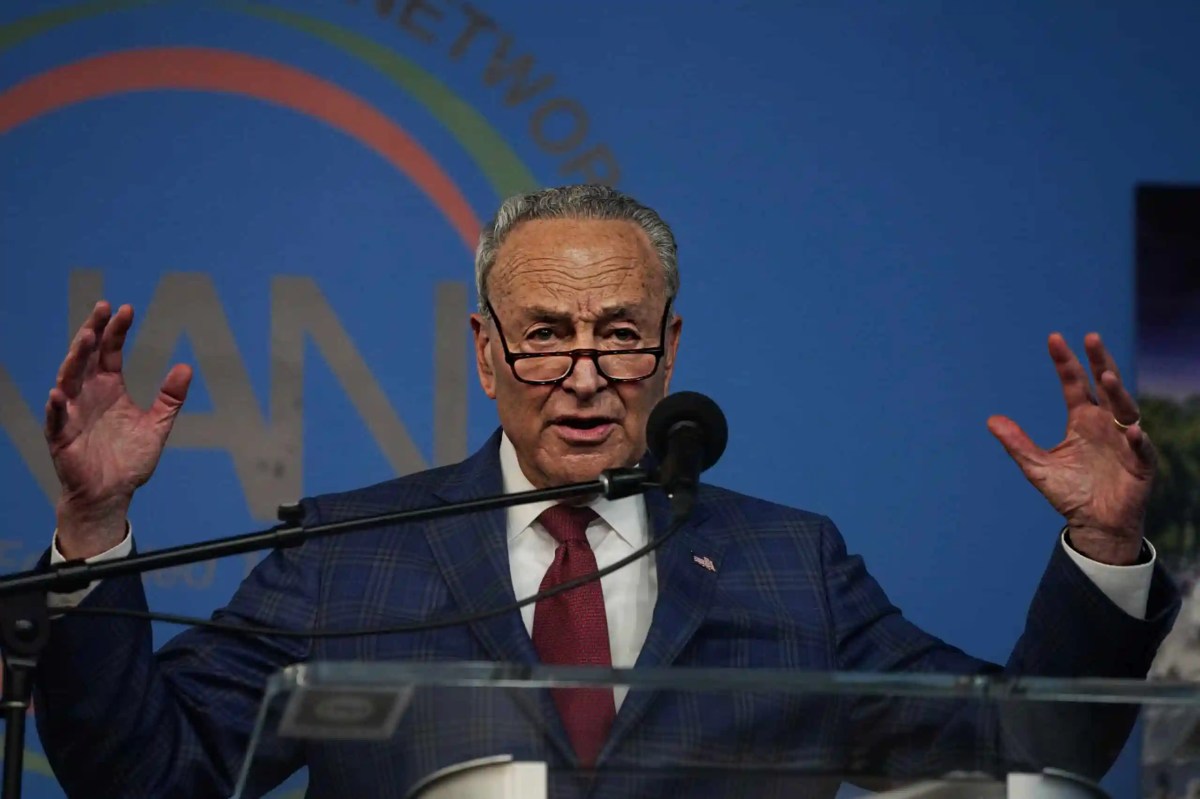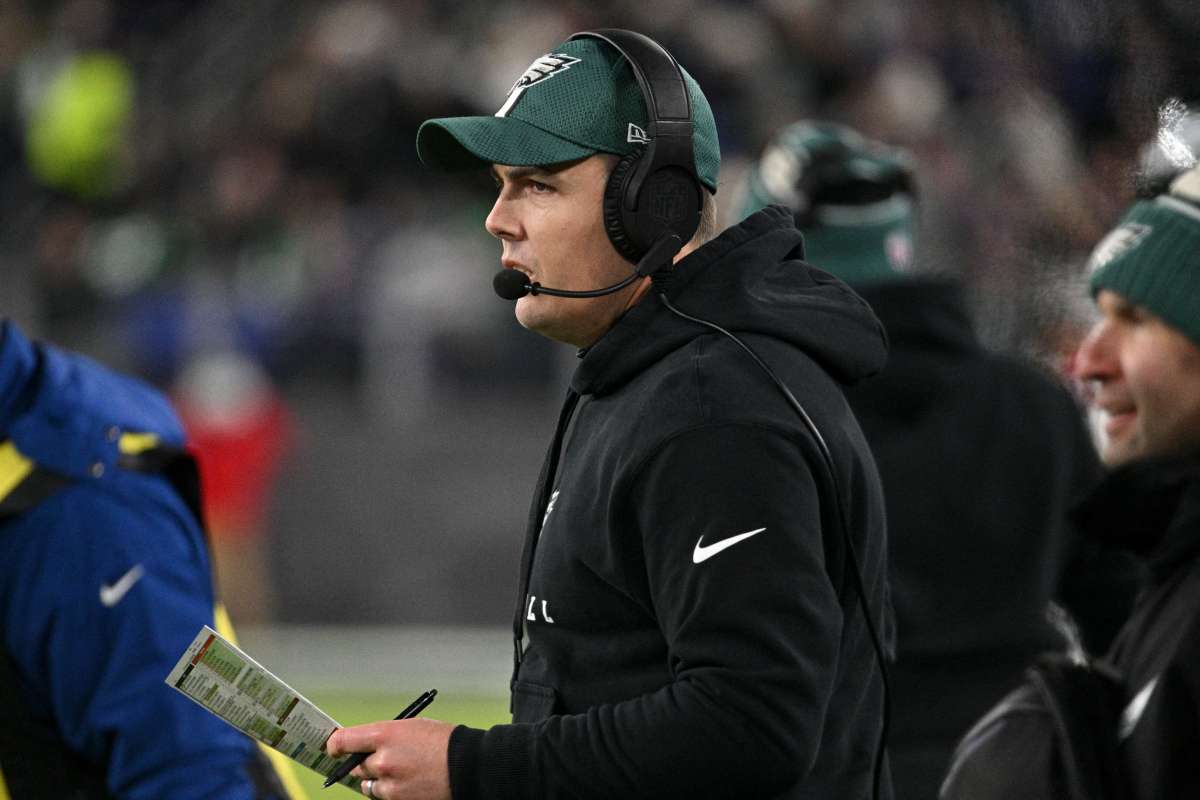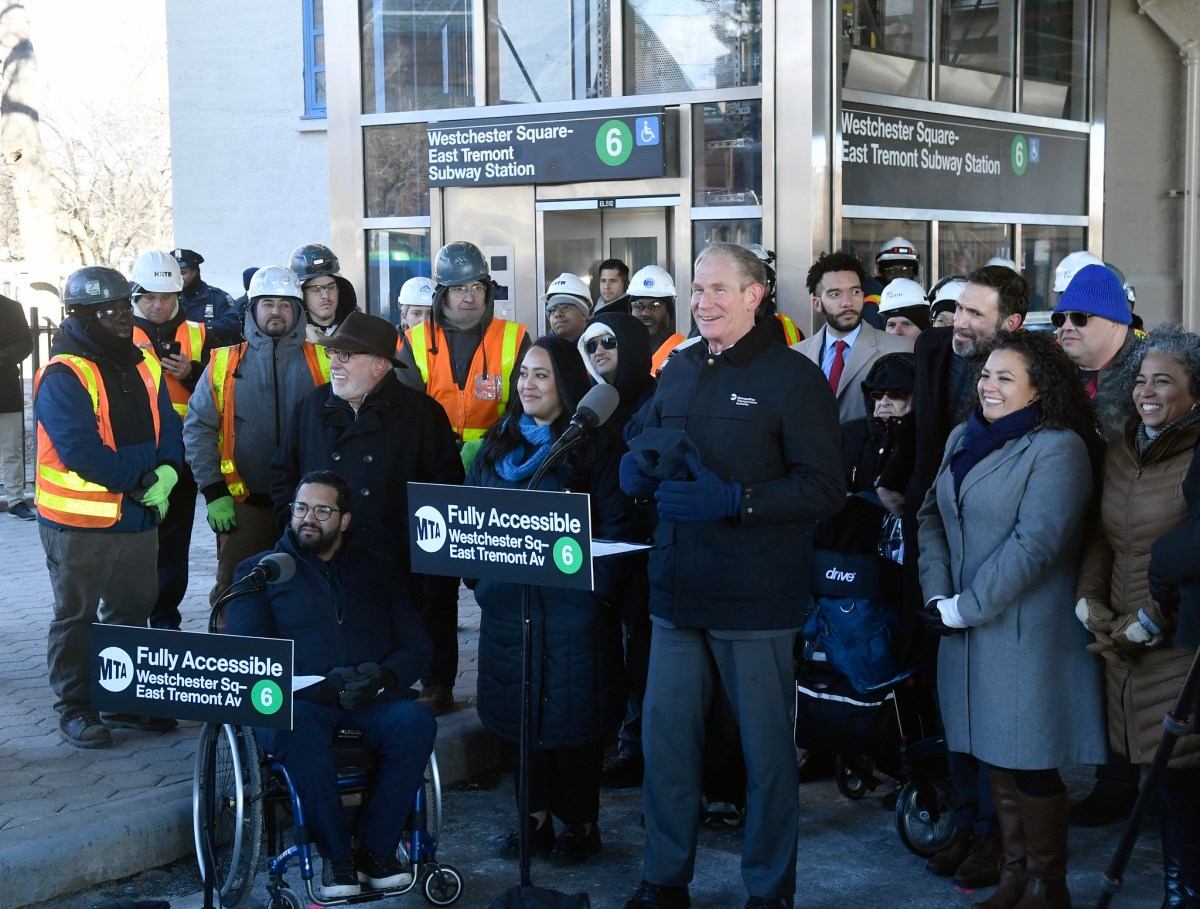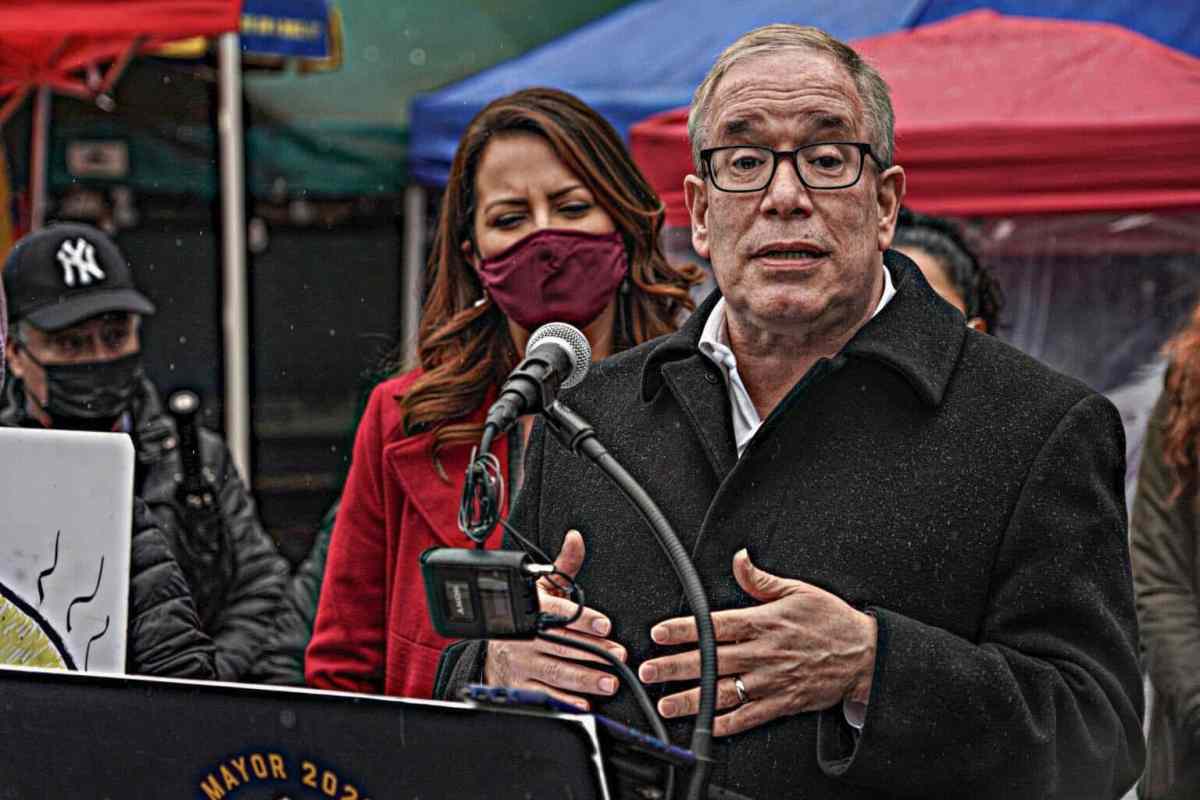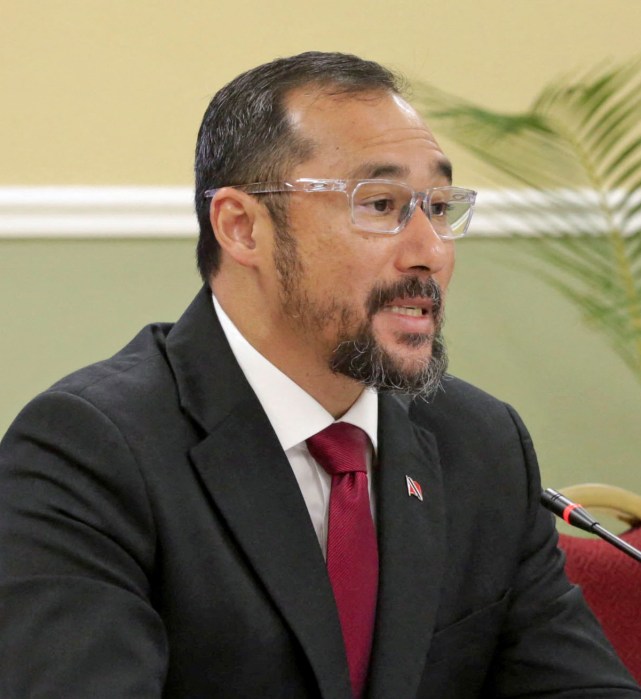SAN FRANCISCO (Reuters) – Insolvent or overly leveraged firms, including oil drillers and oil services firms, won’t be able to tap the U.S. central bank’s “Main Street” emergency lending program, Dallas Federal Reserve President Robert Kaplan said on Wednesday.
“It has to be a loan that would have passed already the bank’s lending standards,” Kaplan said in an interview on Yahoo Finance.
“If you are a company on the other hand that is more highly leveraged than that, concerned about insolvency, and other credit issues … it’s not going to be able to access those programs, and there will be a substantial number of bankruptcies, restructurings, that are going to have to happen, because so much of (oil) production is being shut in,” he said.
Oil prices have plummeted during the coronavirus crisis as demand has dropped, and are now below what many U.S. producers can afford to operate at. Some are shutting off production altogether. Many entered the crisis with big debt loads.
Late last month, the Fed expanded the reach of its planned “Main Street Lending Facility” to encompass bigger companies with more revenue, give banks more leeway in deciding accounting metrics for loans, allow firms to make “commercially” necessary layoffs, and let companies use Fed loans to pay off other debts.
Those changes were requested by business groups including the U.S. Chamber of Commerce and the oil and gas industry, and were seen in some quarters as catering to energy companies whose debt problems are at least in part of their own making.
Kaplan said only creditworthy companies will get loans
“There are number of companies in this industry, either drillers or service providers, that went into this highly leveraged, and I think they are going to have to pursue other actions in order to restructure their debt,” Kaplan said.
More broadly, Kaplan said the economy in any event needs more than just loans from the Fed to get back on its feet.
“Fiscal policy in the form of grants – either individuals, or state and local governments or other entities – are going to be necessary … that’s got to be part of this,” he said.
Kaplan forecast that the U.S. unemployment rate would peak at 20% and then to fall to 8% to 10% by the end of year.
“What does it take for the consumer to be willing to go into stores, be in large crowds, resume flying, staying at hotels, doing all the things that they used to do?” Kaplan said, adding that those decisions will depend heavily on the availability of testing for the novel coronavirus, contact tracing, treatment, and progress on a vaccine.
“The second part is the ability to spend, and that has a lot to do with consumer debt, but most specifically, what’s the unemployment rate … that’s going to be critical for the consumer’s willingness and ability to spend.”
(Reporting by Ann Saphir; Editing by Chizu Nomiyama and Paul Simao)


